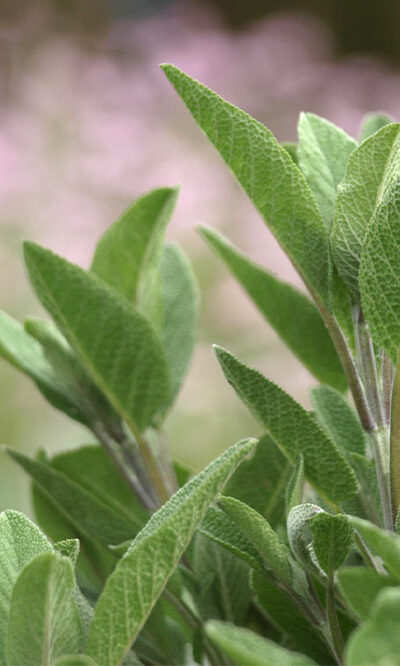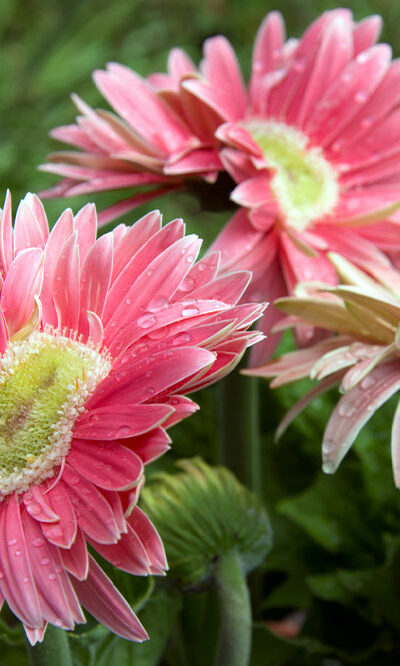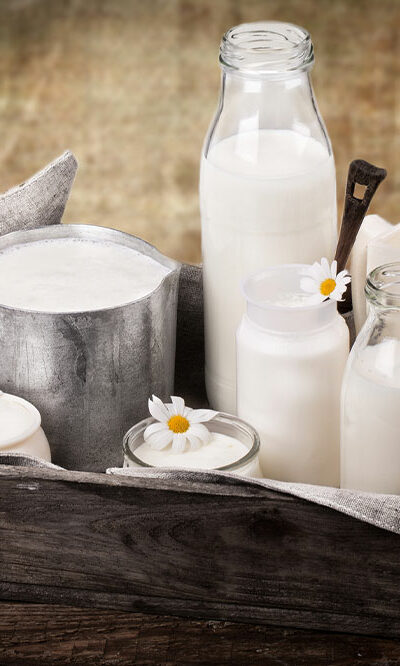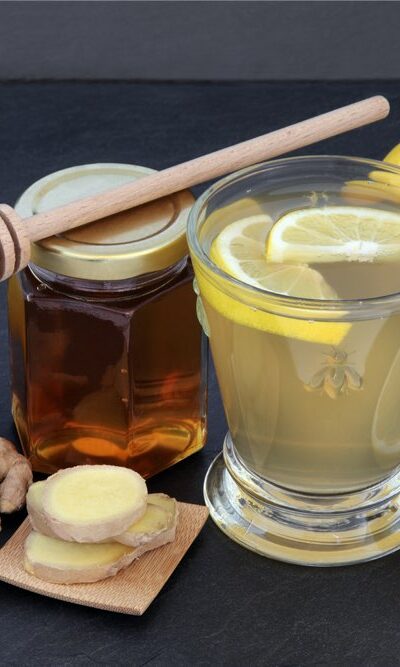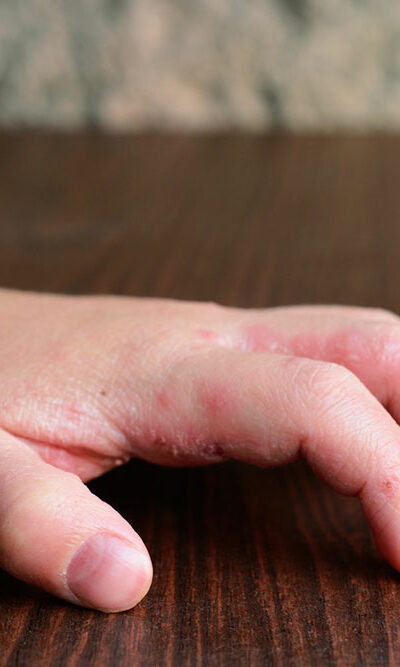
8 first-line treatment options for atopic dermatitis in infants
Atopic dermatitis, also known as eczema, is a chronic skin condition that can affect individuals of all ages. In babies, atopic dermatitis is characterized by red, itchy, and inflamed patches of skin. It is a common skin condition in infants, and it typically begins in the first few months of life. Managing atopic dermatitis in infants might be challenging, but early intervention with appropriate treatment is crucial to alleviate discomfort and prevent complications. Here are some first-line treatment options for atopic dermatitis in infants. Atopic dermatitis in infants Atopic dermatitis causes red, itchy, and inflamed skin, typically occurring on the face, scalp, neck, and extremities. In infants, the condition often appears as red, scaly patches on the cheeks, chin, and forehead, and may sometimes extend to other parts of the body. While its exact cause remains unclear, genetics, environmental factors, and impaired skin barrier function are believed to contribute to its development. First line of treatment Gentle Bathing Use lukewarm water and not hot water for bathing, and limit baths to 5-10 minutes. Use a mild, fragrance-free soap or cleanser designed for sensitive skin. Pat Dry Use a soft towel to gently pat the baby’s skin dry, after a bathing. Rubbing can irritate the skin. Cotton Clothing Dress the baby in loose-fitting, breathable, and natural-fiber clothing, such as cotton, to reduce skin irritation. Avoid Scratching Keep the baby’s nails short to minimize damage from scratching. Use mittens or cotton socks on their hands to prevent scratching during sleep. Emollients and moisturizers The foundation of atopic dermatitis management in infants involves maintaining skin hydration. Parents and caregivers are advised to apply emollients and moisturizers liberally and frequently. Products specifically designed for sensitive infant skin, such as fragrance-free creams or ointments, are recommended. These help lock in moisture and repair the compromised skin barrier.

